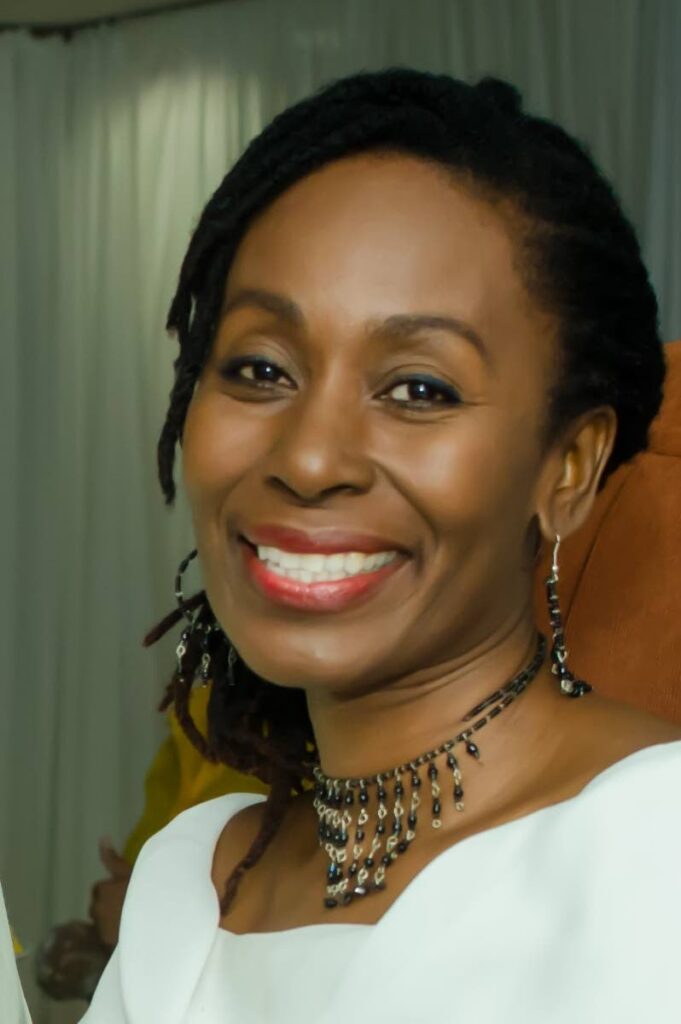Where are our disabled but artistically-abled children?

“A lot of times we preconceive, because it’s a creative arts project where they’re doing a lot of dancing, movement and so on, that a person with a particular disability would not be able to do that.
But you might be surprised...how much the children put into it, you would not believe that child would have been able to do that.” – Qushiba La Fleur, Founder, We Care Deaf Support Network
HOW IS IT possible that a young man with one leg can dance so beautifully as to brings tears to your eyes? What allows a young woman with Down Syndrome to perform in an Emmy award-winning show and hold two jobs?
How can a boy with autism and a pronounced stutter, play a piano and sing with such power and confidence that one is left speechless?
Over the past weeks, I was fortunate to receive clips of children with disabilities stunning audiences around the world with their talent. It made me wonder, in a land with more talented people per square foot than most places, where are our disabled children with such creative gifts? Why are they invisible?
There are several reasons for the separation between the disabled community and the rest of society.
As La Fleur explains, disabled children learn differently, so it is not a simple solution of incorporating them into mainstream education. Additionally, there are many types of disability, from Down Syndrome to deafness, or cerebral palsy.
Children have varied levels of functionality within each disability, so educators or caregivers need to be equipped to manage along the spectrum.
Integration into society is another challenge. Awareness must start at home with parents and caregivers. Sadly, there are too many children with disabilities who are not accepted by their parents or families. They are often left to engage in solitary activities such as playing video games or looking at television.
This lack of socialisation makes it more difficult for the wider community to understand and support the family, thereby increasing the alienation of the child.
Some parents of children with disabilities are very protective and hesitant to allow their children to interact with society. They are often afraid their child would not be able to function in unfamiliar environments.
While there is some element of truth to this, it is important to allow disabled children an opportunity to integrate rather than be separated from their community.
Qushiba points out that “children with disabilities are creative in ways we may not understand. I think what causes the lack of opportunities for them is that most of the time, people would not even think about a person with disabilities for a programme or project.”
People assume children with disabilities would not be able to create.
I was privileged to witness the transformative power of connecting disabled children to society through a youth mental health creative project I conceptualised and co-ordinated.
Significantly, the project featured a mix of participants from the disabled and wider community. One boy with Down Syndrome produced some of the most beautiful art for our final exhibition.
His paintings were celebrations of love and family, an inspiration to many young people. His parents had no idea he was so talented or would be able to interact so well with other children.
The story of a deaf young lady was a similar one.
Although she loved to paint, previous attempts to teach her were more suited to a child without a hearing impairment. Naturally, this demotivated her, but after participating in our mental health project, her family was surprised to see the quality of her art. She continues to paint today.
Another young man who was very introverted at the start of the workshops is now going abroad to study art full time.
There is an urgent need for more inclusivity and equity in the arts. Civil society organisations do what they can, but fundamental change must be driven by government entities and the legal fraternity, so that laws promoting inclusion are applied in practical ways.
Qushiba, herself the mother of a deaf son, emphasises that people with disabilities must be allowed to express themselves creatively and find their own voice.
Our organisation will certainly continue to welcome children with disabilities to our programmes. And if disability is a superpower, as some people say, then we look forward to nurturing superheroes for generations to come.
Dara E. Healy is a performance artist and founder of the Indigenous Creative Arts Network – ICAN.


Comments
"Where are our disabled but artistically-abled children?"